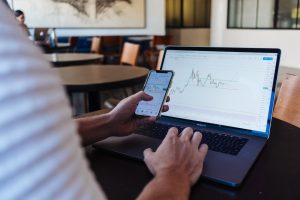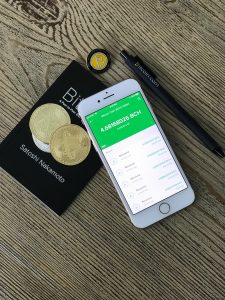The foreign exchange market, commonly referred to as forex, is the largest financial market in the world, with a daily turnover of over $5 trillion. The forex market is where currencies are bought and sold, with traders seeking to profit from fluctuations in exchange rates. Big banks are among the most active participants in the forex market, as they have the resources and expertise to trade large volumes of currencies at high speeds. In this article, we will explore how big banks trade forex.
Banks are among the most significant players in the forex market, accounting for over 50% of all forex transactions. They trade on behalf of themselves and their clients, including multinational corporations, hedge funds, and other financial institutions. Banks have access to a wide range of financial instruments, including currencies, options, futures, and derivatives, which they use to hedge risks and generate profits.
One of the primary ways big banks trade forex is through their proprietary trading desks. These desks are staffed by experienced traders who use the bank’s capital to invest in various financial instruments, including currencies. Proprietary traders use a wide range of trading strategies, including technical analysis, fundamental analysis, and algorithmic trading, to generate profits.
Big banks also offer forex trading services to their clients, including corporations, hedge funds, and other financial institutions. These services include currency hedging, where banks help clients manage their exposure to currency risk by using financial instruments such as options and futures. Banks also provide forex trading platforms for their clients, allowing them to trade currencies directly.
Another way big banks trade forex is through interbank trading. Interbank trading refers to the buying and selling of currencies between banks. Banks use interbank trading to access liquidity, manage their currency positions, and facilitate transactions for their clients. Banks also use interbank trading to speculate on currency movements, with some banks having dedicated currency trading teams that focus solely on interbank trading.
Big banks also trade forex through electronic trading platforms, which have become increasingly popular in recent years. Electronic trading platforms allow banks to trade currencies quickly and efficiently, with trades executed in milliseconds. These platforms provide access to a wide range of financial instruments, including currencies, options, and futures, and offer real-time market data and analysis.
In addition to trading currencies, big banks also provide forex research and analysis to their clients. This research includes market analysis, economic data analysis, and technical analysis, among other things. Banks use this research to inform their trading decisions and provide guidance to their clients.
Overall, big banks are significant players in the forex market, with their trading desks, interbank trading, electronic trading platforms, and research and analysis capabilities. Big banks have the resources and expertise to trade large volumes of currencies at high speeds, making them a vital part of the forex market.





